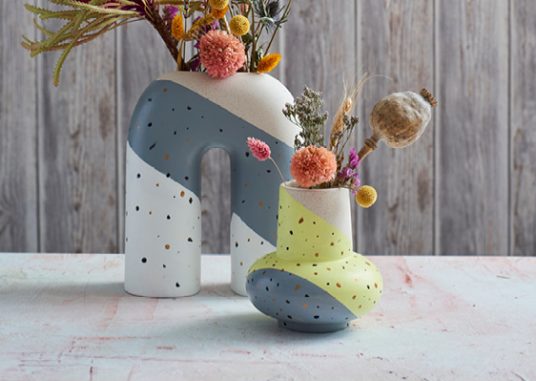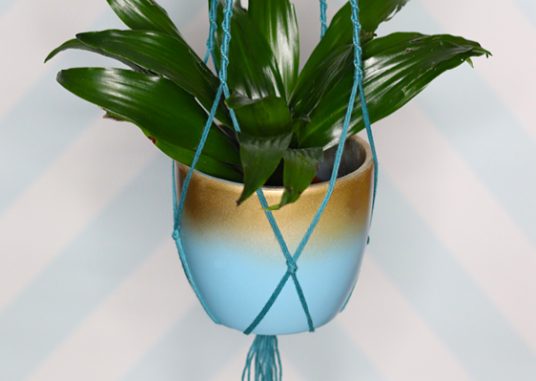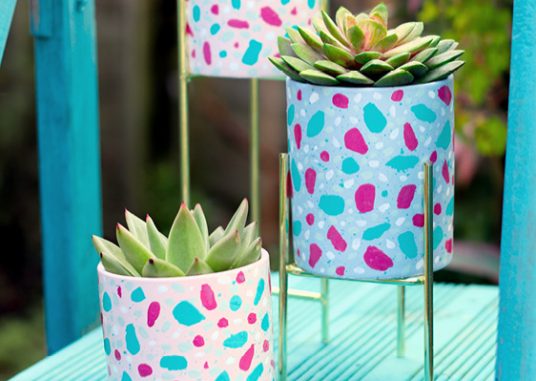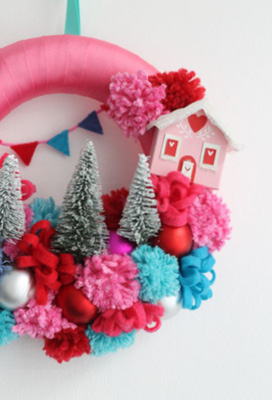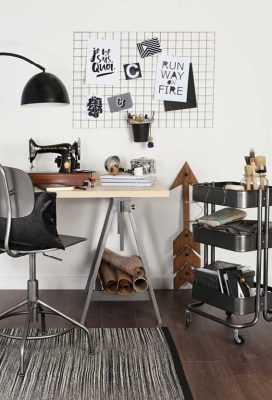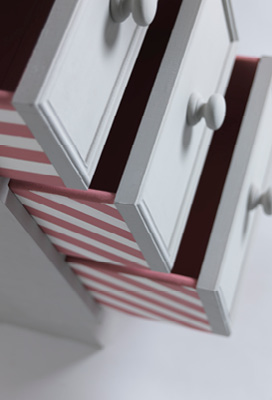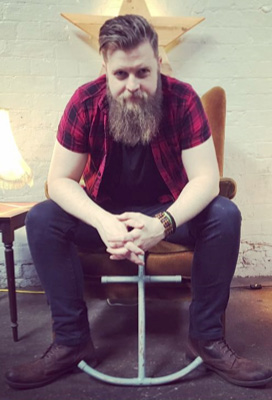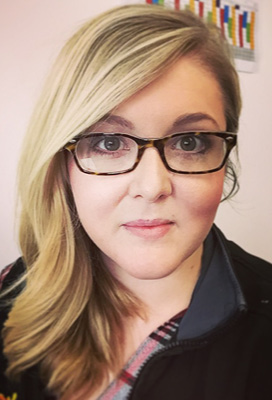How To Make Magnificent Marble Trinket Dishes
All Round Creative Junkie, Cheryl Lumley brings us another fabulous tutorial – this time for marble trinket dishes to die for!
“I remember doing marbling on paper when I was younger and I’ve wanted to try this out on something other than paper ever since. It was a bit of an experiment but I know that basically the oils in the paint keep the colours from diluting with water and instead they sit on the surface.

I went for a few colours to test out different patterns and techniques. I used Rust-Oleum Universal All-Surface Paint in Canary Yellow, Sunset Orange, Cobalt Blue and Slate Grey.

As this was a bit of an experiment for me I tried it out with a few polystyrene plates to make sure it would work before tackling the real thing. You can use old plates or dishes and try the same technique on any crockery, but I bought some cheap plates for £1 each from Ikea.
Like all art it’s about practice and getting the result you’re after. The end result is amazing though, this may be one of my favourite upcycles yet!”
What you will need
- Plain white plates
- Rust-Oleum Metallic Leafing Pen in Gold
- Decorators tape or masking tape
- Large foil tray or old roller tray (check your object fits in flat)
- Lukewarm water
- Scissors
- Wooden skewers
- Protective gloves
- Rust-Oleum Universal All-Surface paint in colours of your choice
Steps
Preparation

Cover the back of your plates with decorators tape and carefully cut around the edge, making sure its stuck all the way round after cutting.
As I wanted to try lots of different colours I lined my tray with clingfilm, meaning I could get rid of each colour as I went but actually the paint just skims off the top between each attempt if its left for a short while.
Preparing the Marbling Solution

Pour enough lukewarm water into the tray to make sure you can dip the plate in fully. The warmer water helps the paint to spread slightly. Use a skewer to drizzle some paint into the water rather than pouring from the tin, you don’t want too much as it will be too thick for the plate, you need a nice thin coating. The paint should spread a little giving a cloudy feel. If you want to use a two colour effect, put your second colour on top, then use the skewer to create a pattern on top.
Dipping

You’ll need protective gloves for this part. I found that the second dip of the effect was often the best so I tested it first with polystyrene plates but you could use paper plates. It really is about experimenting though. The first dip had lots of colour and the second dip was a much more muted marble effect.

Dip your plate in the solution trying to keep your fingers away from the edge (you get different effects if you dip upside down too).
I tried one with blue and yellow and it created a beautiful deep green pattern. So have a play and enjoy experimenting!
Tip 1: If you can see water through the paint, you’ll still see the plate through the effect.
Tip 2: As they dry, dab off the excess water drops with kitchen roll otherwise you’ll get bubbles. You’re able to do this quite soon after dipping them, if the paint is thin enough it will stick to the plate almost instantly.
Finishing Touches

Once you’re happy with your plates, leave them to dry for at least 3-4 hours, then remove the tape from the back and carefully draw a gold line around the edge with the Rust-Oleum Metallic Leafing Pen in Gold for a gilded edge effect.
Please note: These plates are for decorative use only and must be washed by hand.

